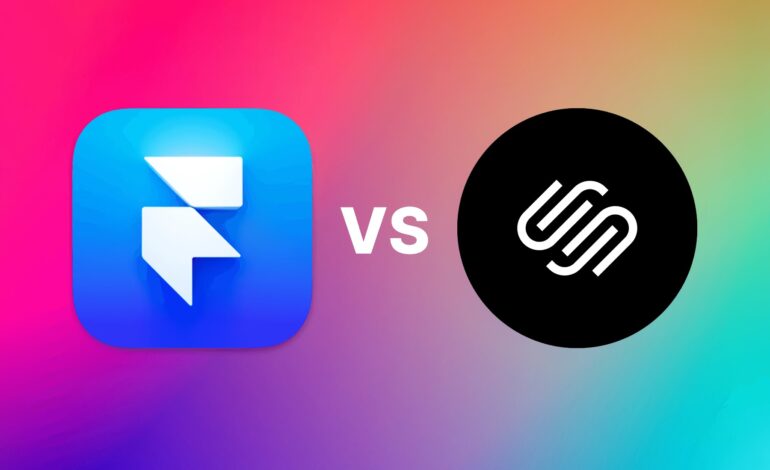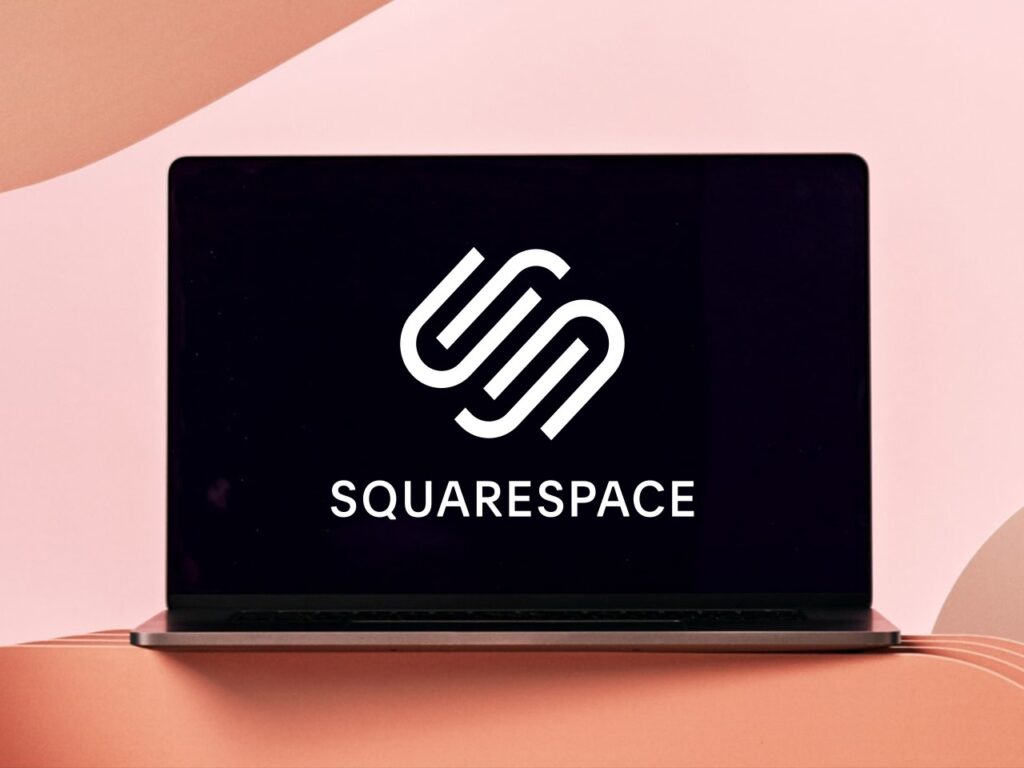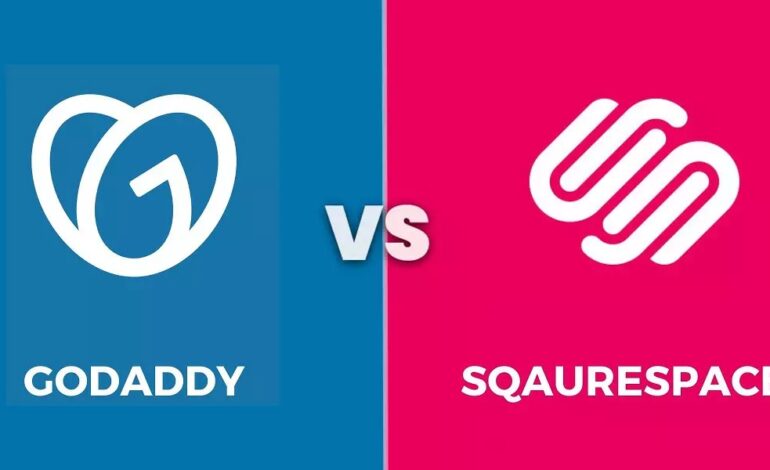
When it comes to creating stunning websites with ease, Squarespace and Framer are two of the top contenders. Both offer powerful tools that help you build high-quality websites, but they come with different strengths and weaknesses. In this article, we will compare Squarespace and Framer in various categories, such as ease of use, design flexibility, customization, pricing, and more. We’ll also provide a helpful table to give you a side-by-side look at how they stack up.
What Is Squarespace?
Squarespace is one of the most popular website builders available today. Known for its user-friendly interface and sleek design templates, it allows users to build professional websites without needing extensive coding knowledge. Whether you’re running an eCommerce store, a personal blog, or a portfolio, Squarespace is versatile enough to handle a variety of website types.

What Is Framer?
Framer, on the other hand, is a more design-oriented platform aimed at creators who want more flexibility in website design. Initially developed as a tool for prototyping, it has evolved into a full-fledged website builder. Framer offers a more hands-on approach for users who want complete control over their website’s visual style and interactions. It’s perfect for those who prioritize design flexibility over pre-made templates.
Comparison Table: Squarespace vs. Framer
| Feature | Squarespace | Framer |
|---|---|---|
| Ease of Use | Drag-and-drop interface, beginner-friendly. know more | Slightly steeper learning curve, more flexible design tools. |
| Design Flexibility | Pre-designed templates with some customization options. know more | High design flexibility, customizable interactions, and animations. |
| Templates | Over 100 high-quality templates, no coding required. know more | Offers customizable templates with advanced design options. |
| Customization | Limited customization unless you use code. know more | More advanced customization through code and design features. |
| Pricing | Starts at $16/month. know more | Starts at $19/month. |
| Ecommerce Features | Full-fledged eCommerce tools, including inventory management. know more | Good for custom stores but lacks built-in eCommerce features. |
| SEO Features | Built-in SEO features like custom URLs, page titles, etc. know more | Offers basic SEO tools but requires more technical know-how. |
| Customer Support | 24/7 email and live chat support. know more | Extensive documentation but no live support available. |
| Mobile Responsiveness | Automatically adjusts for mobile devices. know more | Fully responsive with high customization for mobile. |
| App Integrations | Wide variety of third-party apps and integrations. know more | Limited app marketplace, mainly focused on design tools. |
| Code Editing | Limited to CSS customization. know more | Full access to HTML, CSS, and JavaScript for deep customization. |
Key Factors to Consider
1. Ease of Use
Squarespace is often praised for its user-friendly interface. It’s ideal for those who want to create a professional website without diving too deep into technical details. The platform’s drag-and-drop functionality makes it easy for anyone, regardless of their technical skill level, to get started with building a website. You can easily adjust images, text, and layouts with a simple click.
In contrast, Framer offers a higher level of design flexibility but at the cost of a steeper learning curve. While its drag-and-drop interface is also user-friendly, it requires a bit more time to master, especially for those who are new to web design. If you’re comfortable with HTML, CSS, or JavaScript, you’ll feel right at home with Framer’s customization options.

2. Design Flexibility
One of the biggest differences between Squarespace and Framer is the level of design flexibility. Squarespace provides a selection of pre-designed templates that look sleek and professional. However, customization beyond changing colors and text can be somewhat restrictive unless you dive into code. This is great for beginners or those who don’t want to spend too much time on design, but it might not be ideal for advanced users.
Framer, on the other hand, offers more control over design. You can adjust everything from layouts to animations, allowing for truly unique and customized websites. The flexibility offered by Framer makes it the better choice for professional designers and developers who want more creative control over their websites. For those who prioritize the visual experience, Framer is the go-to option.
3. Templates
Squarespace is well-known for its gorgeous, high-quality templates that cover a variety of niches. Whether you need a personal portfolio, a blog, or an eCommerce site, you’ll find a template that suits your needs. The templates are easy to implement, and you don’t need to be a designer to make your website look polished and professional.
Framer also offers a range of templates, but these are designed with more customization in mind. They are great for those who want to tweak every aspect of their site. However, the trade-off is that you might have to spend more time adjusting the design to get everything just right. Framer’s templates are more flexible, but they require more input from the user.
4. Ecommerce Features
Squarespace stands out in the eCommerce department. It provides comprehensive eCommerce features that allow users to set up and manage online stores with ease. You can track inventory, accept payments, manage taxes, and integrate shipping solutions, all directly within the platform. For users who are looking to launch an online store, Squarespace provides everything they need in one place.
Framer does offer some basic eCommerce features, but it lacks the depth and built-in solutions provided by Squarespace. If you want to set up an online store with Framer, you’ll likely need to rely on third-party integrations or custom development. This makes Framer a less suitable choice for those looking for a fully-fledged eCommerce solution.
5. Pricing
Pricing is always a crucial factor when choosing a website builder. Squarespace starts at $16 per month for personal use and goes up to $49 per month for advanced eCommerce plans. This is fairly competitive, especially considering the comprehensive tools and features included at each pricing tier.
Framer begins at $19 per month for the basic plan, with the price going up depending on the features you need. For more advanced capabilities, such as adding custom code and additional collaborators, you may need to opt for the higher-tier plans. The price point for Framer is a little higher, especially for users who want to unlock its full design potential.
6. SEO and Marketing Features
Both Squarespace and Framer offer basic SEO tools. Squarespace makes it easy for users to customize page titles, URLs, and metadata, which are essential for search engine optimization. Additionally, Squarespace automatically generates XML sitemaps, making it easier for search engines to index your site.
Framer also offers SEO features like customizable meta tags, but it doesn’t provide the same level of built-in support for SEO as Squarespace. Framer users may need to rely more on their coding skills and third-party tools to optimize their websites effectively.
7. Customer Support
Squarespace offers 24/7 customer support, which can be accessed via live chat or email. This makes it a great choice for beginners who may need assistance setting up their site. Additionally, Squarespace has an extensive knowledge base with video tutorials to help users troubleshoot and get the most out of the platform.
On the other hand, Framer offers a large library of documentation
and community forums but lacks live support options. If you’re stuck while building with Framer, you’ll need to rely on written guides or the Framer community for help.
Both Squarespace and Framer have their own strengths and weaknesses, but your choice will ultimately depend on your specific needs. If you are looking for an easy-to-use platform with ready-to-go templates, eCommerce capabilities, and excellent support, Squarespace is the way to go. However, if you prioritize advanced design flexibility and have some coding knowledge, Framer could be a better fit.
No matter which platform you choose, both offer powerful tools to help you create a stunning website.


